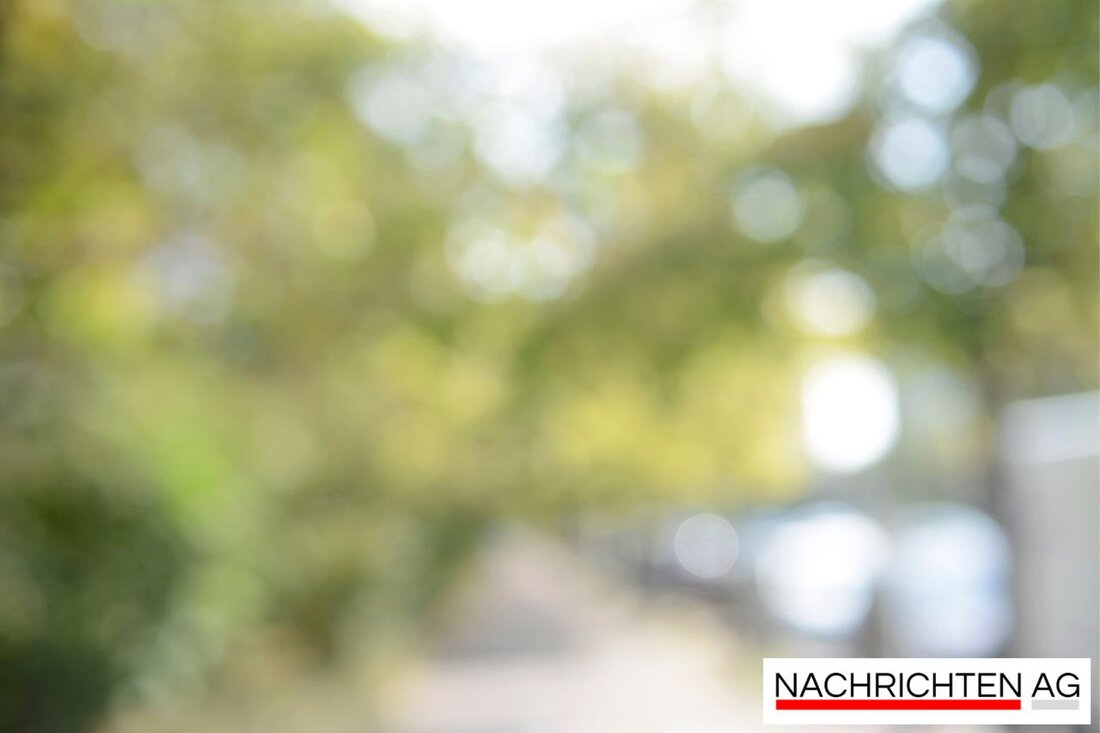Ostallgäu: Kingdom of Cattle – Over 125,000 animals counted!
Ostallgäu leads in Bavaria with 125,240 cattle. Declines in dairy cow numbers characterize the current cattle farming situation.

Ostallgäu: Kingdom of Cattle – Over 125,000 animals counted!
Things are going well with cattle in Ostallgäu! The district has become the Bavarian leader in cattle farming. On May 3, 2025, an impressive 125,240 cattle were counted here, which catapults Ostallgäu to the top of Bavarian cattle breeding. Rosenheim follows closely behind with 123,357 cattle and the Unterallgäu with 118,461 animals. There are currently around 2,704,136 cattle on 37,654 farms throughout Bavaria, which corresponds to a decrease of 1.8 percent compared to the previous year. The Ostallgäu district even recorded 126,175 animals last year, which makes the current decline of 0.7 percent seem interesting. The population in Ostallgäu is 142,046. The district is also at the forefront when it comes to dairy cows with 61,597 animals.
What about milk production? The dairy cows in Ostallgäu are milked daily, but the decline is noticeable. The whole of Bavaria has experienced a total decline in dairy cows of 1.6 percent, while in Ostallgäu the figure is even 3.8 percent. This is also noticeable in the number of farms - in Swabia the number of dairy farms fell by 3.9 percent. What is particularly striking is that the second and third highest stocks after Ostallgäu can be found in Rosenheim with 59,025 and in Unterallgäu with 57,697.
Decline in cattle numbers in Bavaria
The general situation for cattle farmers in Bavaria is bleak. According to statistics from Statistics Bavaria, the number of cattle kept has fallen to 38,092, which represents a decline of 2.8 percent. According to Wochenblatt, dairy cow farming in particular has experienced a dramatic decline of 3.9 percent, which corresponds to 910 farms. The reasons for this could be the discussion surrounding the planned animal protection law, which failed due to uncertainty.
The decline is particularly evident in calves and young cattle under one year old. This number fell by 2.2 percent to 785,642 animals. In addition, the statistics show that the number of male cattle under the age of two actually fell by 7.5 percent, which amounts to a total of 174,632 animals. However, the average size of cattle farms remains stable, with around 72 animals per farm.
Looking into the future
Despite the declining numbers, cattle farming remains an essential part of agriculture in Bavaria. With more than 1 million dairy cows, which continue to make up 37.9 percent of the total cattle population, Bavarian dairy farmers are required to make their operations future-proof. The question remains as to what politicians' stance will be on the tense conditions of cattle farming in the future, particularly with regard to possible new laws and regulations.
Overall, it can be said that although the Ostallgäu can be proud of its leading position in cattle farming, the challenges facing the industry cannot be ignored. It remains to be seen how the market will develop and what measures will be taken to ensure sustainable cattle farming in Bavaria.

 Suche
Suche
 Mein Konto
Mein Konto